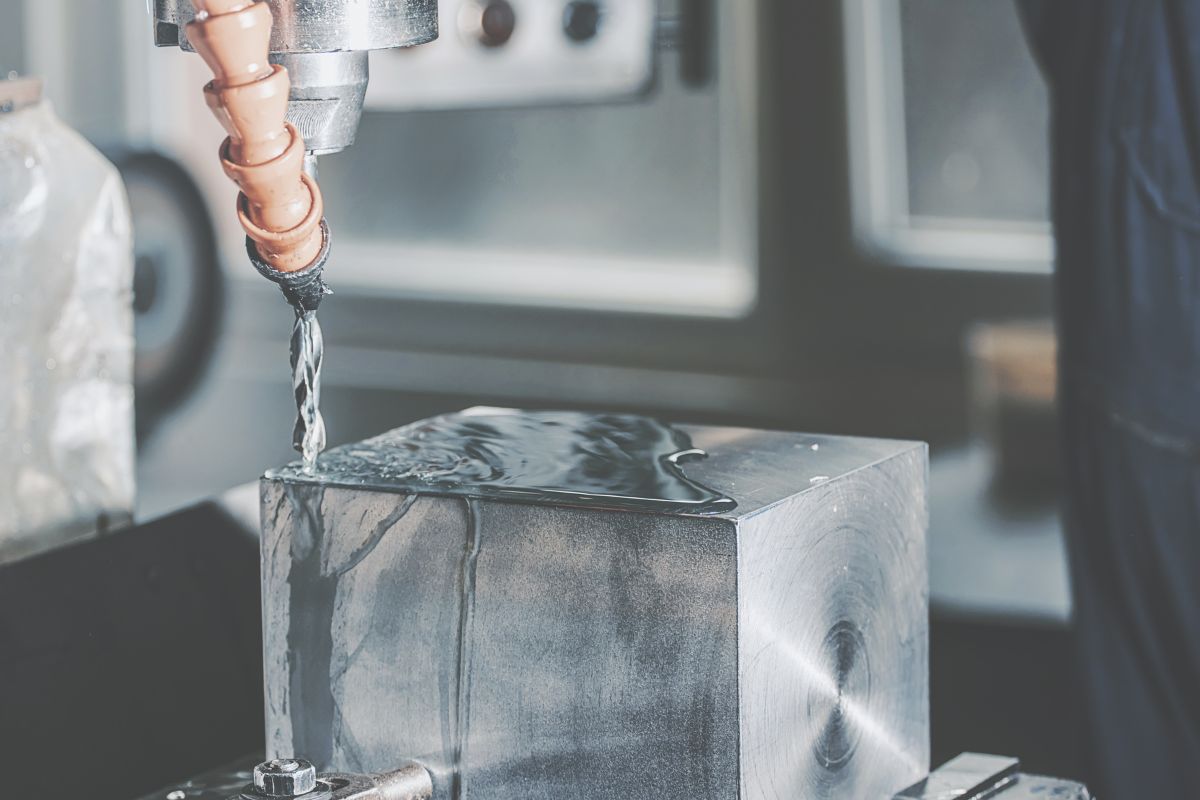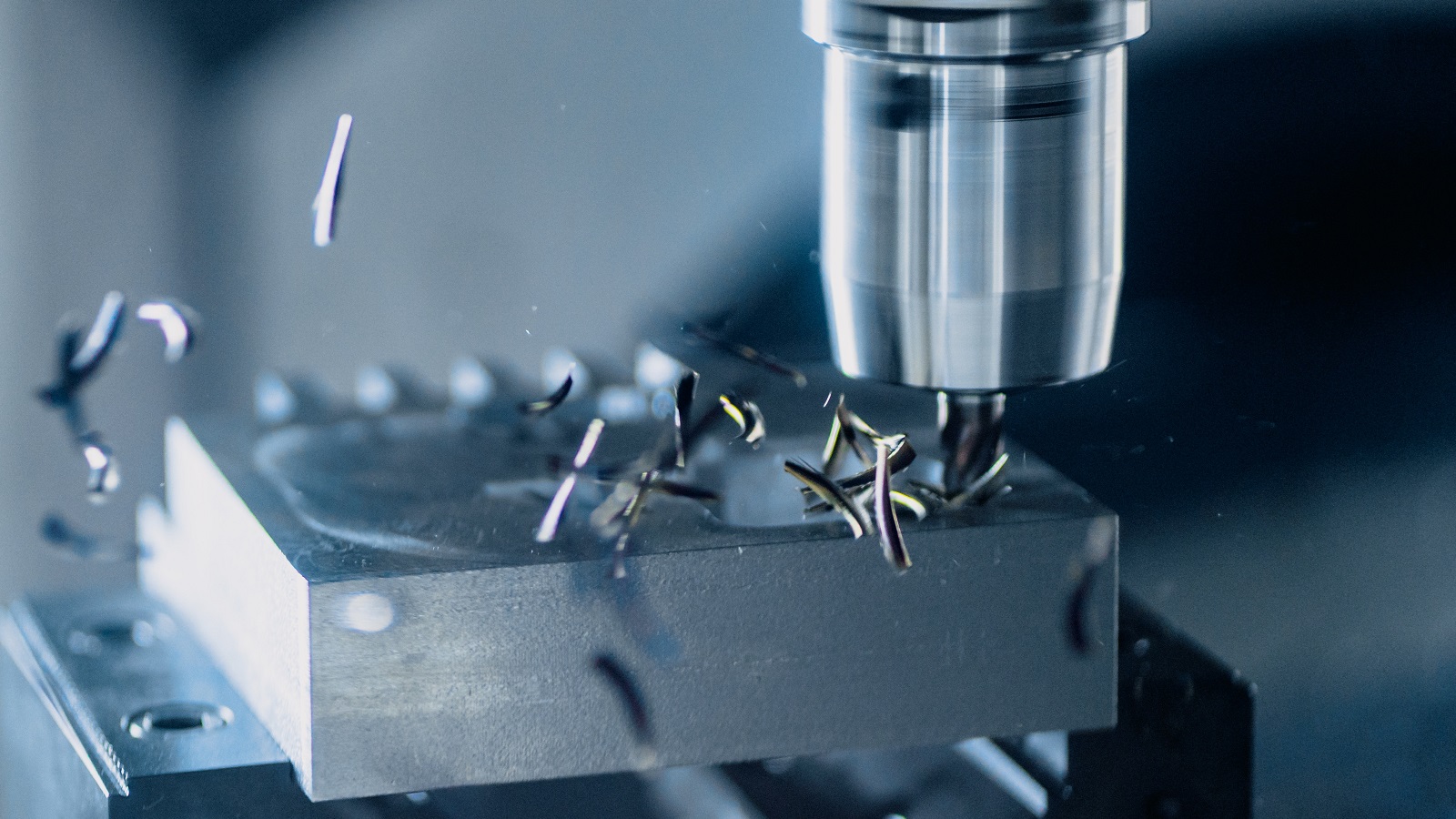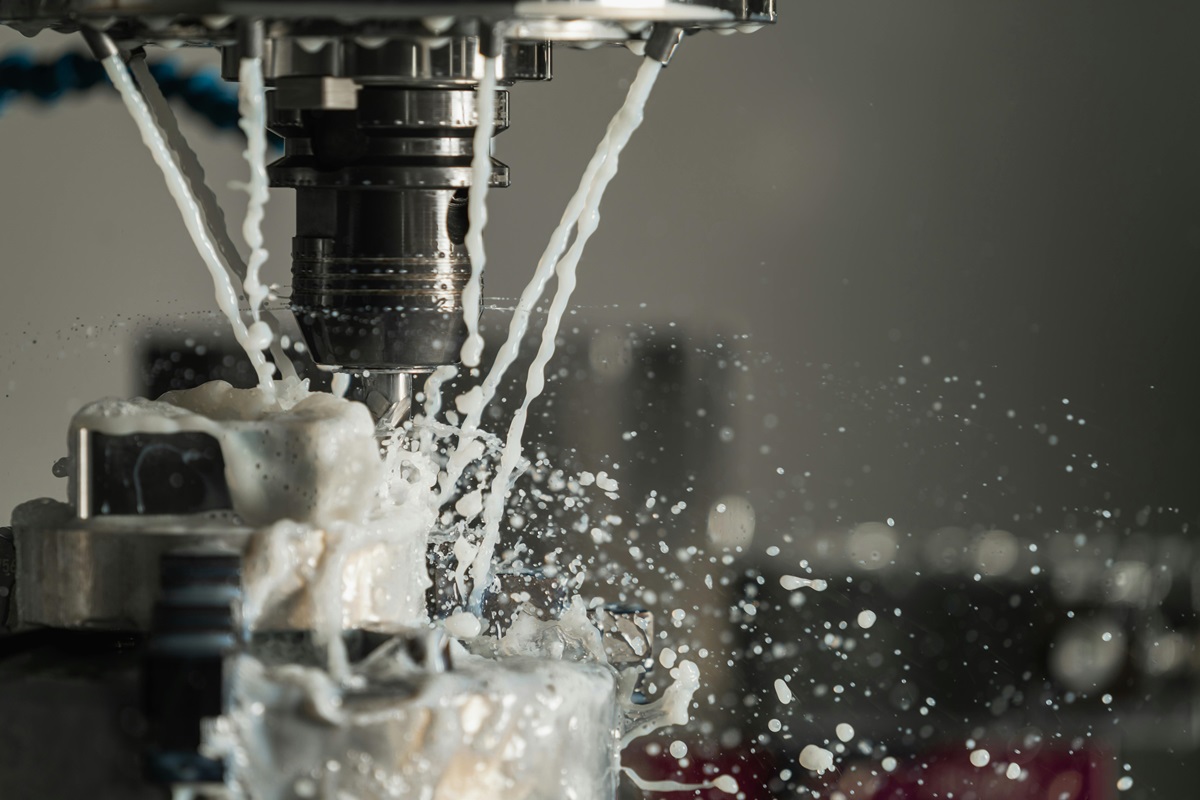Metal cutting processes are the backbone of many industries, from manufacturing to construction. However, despite technological advancements, various metal cutting problems can arise during these processes, impacting efficiency, quality, and safety. Understanding and addressing these problems is crucial for maintaining smooth operations and achieving optimal results. In this blog post, we’ll delve into the top five problems that can occur during the metal cutting process and explore effective solutions for each.

Tool Wear and Breakage
One of the most common issues in metal cutting is the wear and breakage of cutting tools. Factors such as high cutting speeds, improper tool selection, and inadequate cooling or lubrication can accelerate tool wear and lead to premature failure. To mitigate this problem, it’s essential to use high-quality cutting tools appropriate for the specific material and application. Regular tool inspection and maintenance routines should be established to detect wear early on. Additionally, optimizing cutting parameters such as speed, feed rate, and depth of cut can help prolong tool life.
Poor Surface Finish
Achieving a smooth and precise surface finish is crucial in metal cutting applications, especially in industries like aerospace and automotive, where tight tolerances are required. Poor surface finish can result from issues such as inadequate tool geometry, improper cutting parameters, or vibrations during machining. To improve surface finish, consider using tools with appropriate geometries for the desired finish and ensuring stable cutting conditions by minimizing vibrations. Adjusting cutting parameters and employing proper coolant or lubrication techniques can also enhance surface quality.
Chip Control
Effective chip control is vital for maintaining a clean and safe working environment during metal cutting operations. Excessive chip buildup can cause machine jams, tool damage, and pose safety hazards to operators. Proper chip control strategies involve selecting the right cutting tool geometry, optimizing cutting parameters, and implementing chip evacuation methods such as through-tool coolant delivery or using chip breakers on tools. Ensuring adequate machine maintenance, including regular cleaning of chip trays and coolant systems, is also essential for efficient chip management.

Thermal Damage
Heat generation during metal cutting can lead to thermal damage to the workpiece, affecting its mechanical properties and dimensional accuracy. This problem is particularly prevalent when machining heat-sensitive materials like stainless steel or titanium. To minimize thermal damage, it’s crucial to control cutting temperatures through techniques such as reducing cutting speeds, increasing coolant flow rates, or using advanced cutting tool coatings designed to dissipate heat. Employing high-pressure coolant systems or cryogenic machining methods can also help mitigate thermal effects during metal cutting.
Machining Accuracy and Dimensional Variation
Maintaining dimensional accuracy and consistency across machined parts is paramount in many industries, particularly in precision engineering and toolmaking. Variations in machining accuracy can result from factors such as tool deflection, workpiece vibration, or inaccuracies in machine tool calibration. To address this issue, ensure proper machine tool setup and alignment, including calibration of cutting tool offsets and fixture positioning. Implementing rigid workholding techniques and minimizing tool overhang can help reduce vibration and improve machining accuracy. Additionally, performing regular quality inspections using metrology tools like coordinate measuring machines (CMMs) can identify and rectify dimensional variations early in the process.

Common Metal Cutting Problems For Common Metals
Let’s delve into the typical problems encountered when cutting steel, aluminum, cast iron, brass, and copper, along with the best strategies to combat each:
Steel
Problem: Steel is known for its toughness, which can result in excessive tool wear and heat generation during cutting. This leads to shorter tool life, poor surface finish, and increased machining time.
Solution: To combat these issues when cutting steel, it’s essential to use cutting tools with high-speed steel (HSS) or carbide inserts specifically designed for machining steel. Employing cutting fluids or coolants helps dissipate heat and lubricate the cutting zone, reducing friction and tool wear. Adjusting cutting parameters such as cutting speed, feed rate, and depth of cut to optimal levels for the specific grade of steel being machined can also improve tool life and surface finish.
Aluminum
Problem: Aluminum is a softer metal compared to steel, but it has a tendency to stick to cutting tools, resulting in built-up edge (BUE) formation, poor chip evacuation, and surface smearing.
Solution: When cutting aluminum, selecting cutting tools with coatings or geometries designed for aluminum machining can help reduce BUE formation and improve chip evacuation. Using high-pressure coolant systems or air blasts can assist in breaking up chips and preventing them from adhering to the tool. Employing proper cutting speeds and feeds to maintain chip formation and avoiding excessive cutting temperatures can also enhance machining performance when working with aluminum.
Cast Iron
Problem: Cast iron is abrasive and prone to causing rapid tool wear, leading to short tool life and reduced machining efficiency. Moreover, the graphite in cast iron can cause vibration and chatter during cutting, resulting in poor surface finish.
Solution: To address tool wear when cutting cast iron, it’s crucial to use cutting tools with wear-resistant coatings such as TiN (Titanium Nitride) or TiAlN (Titanium Aluminum Nitride). Employing rigid toolholding and minimizing tool overhang can help reduce vibration and chatter. Opting for higher cutting speeds and lighter depths of cut can also improve surface finish and extend tool life when machining cast iron.
Brass and Copper
Problem: Brass and copper are relatively soft materials, but they have a tendency to generate heat quickly during cutting, leading to thermal damage, built-up edge formation, and poor surface finish.
Solution: When cutting brass and copper, selecting cutting tools with sharp edges and polished surfaces can help minimize friction and built-up edge formation. Employing high-pressure coolant systems or air blasts to cool the cutting zone and evacuate chips can prevent thermal damage and improve surface finish. Additionally, optimizing cutting parameters such as cutting speed and feed rate to maintain low cutting temperatures and using lubricants or cutting fluids to reduce friction are effective strategies for enhancing machining performance with brass and copper.
Conclusion
In conclusion, while metal cutting processes present various challenges, proactive measures can be taken to mitigate these problems and optimize performance. By understanding the root causes of issues such as tool wear, poor surface finish, chip control, thermal damage, and dimensional variation, and implementing appropriate solutions, manufacturers can achieve higher productivity, superior quality, and safer working environments in metal cutting operations. Continuous improvement through technological advancements and best practices is key to staying ahead in the ever-evolving landscape of metal fabrication and machining.

